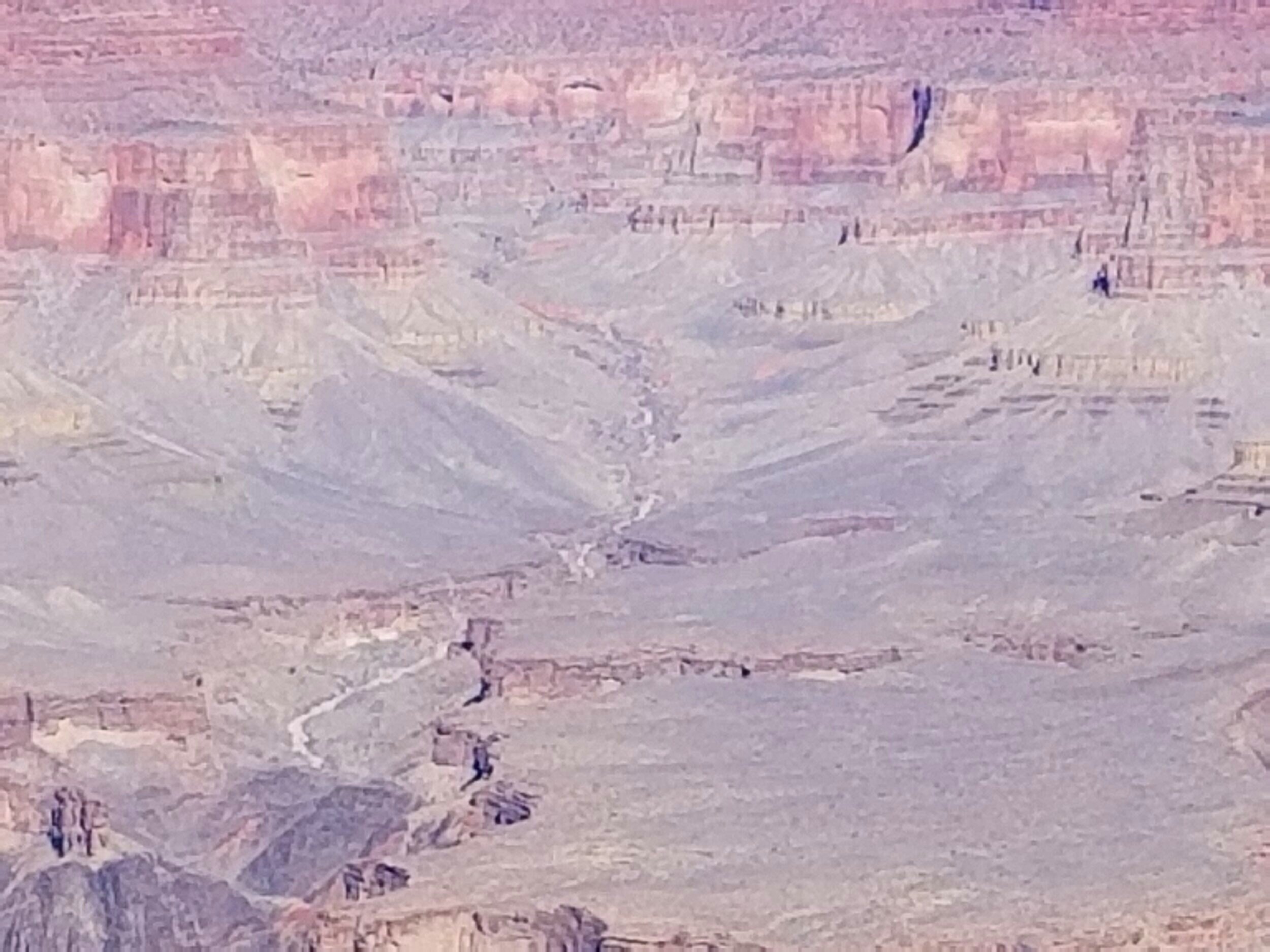Photography by: Zachary Halberd
A collection of photos taken with various cameras at full magnification yields interesting results when recorded using internal JPEG compression. Although the discrete cosine transform compression still has a significant effect in the image, by magnifying the image in camera prior to the encode, these images take on a hybrid of pixilation and compression decimation.
You’ll notice that this effect looks slightly different based on the model of the camera used. This is due to the differing image processing methods utilized internally for encoding to JPEG. While JPEG is an open source standard, how different companies go about processing an image into this standard is proprietary. With the recent advent of more “intelligent” image processing algorithms utilized by companies like Apple and Google, the specific qualities of compression artifacts change from brand to brand and model to model. Image processing algorithms which have been updated and “created” using machine learning have become so clever at removing noise that upon closer inspection, finer structures within in the image become near solid polygons which appear to be computer generated approximations of real life. Not to say that this is an inferior method of image rendering, just different.
I once read that the best camera is the one you have with you. Before I had a smart phone, I was absolutely in love with my little Sony TX-10 point and shoot. I wore it like a tourist in a Velcro pouch from my belt like a pistol, ready to be drawn at any moment. It was a nearly indestructible little waterproof camera with a big digital zoom and even a macro lens. At full digital magnification, the compression artifacts take on a unique life of its own. The image is soft with large blobs of fuzzy colors resembling watercolor on chunky cold press paper. The higher contrast edges get encoded into a soft shimmer. This could be a result of the inferior optics under magnified scrutiny or it could be another effect as a result of compression at high contrast borders under a process called ringing.
My Samsung Galaxy S8 Plus on the other hand is so efficient at removing Fourier artifacts and sensor noise that objects in the image take on an enamel quality much like that of solid strokes of paint. The Samsung has the advantage of being compressed from a larger palette of colors as well as access to the Google cloud for further image compression. I have yet to test an iPhone.
Sony TX-10
Samsung Galaxy 8+
Samsung Galaxy 8+
Samsung Galaxy 8+
Samsung Galaxy 8+
Sony TX-10
Samsung Galaxy 8+
Samsung Galaxy 8+
Samsung Galaxy 8+
Samsung Galaxy 8+
Samsung Galaxy 8+
Samsung Galaxy 8+
Samsung Galaxy 8+
Samsung Galaxy 8+
Samsung Galaxy 8+
Samsung Galaxy 8+
Samsung Galaxy 8+
Samsung Galaxy 8+
Samsung Galaxy 8+
Samsung Galaxy 8+
Samsung Galaxy 8+





















